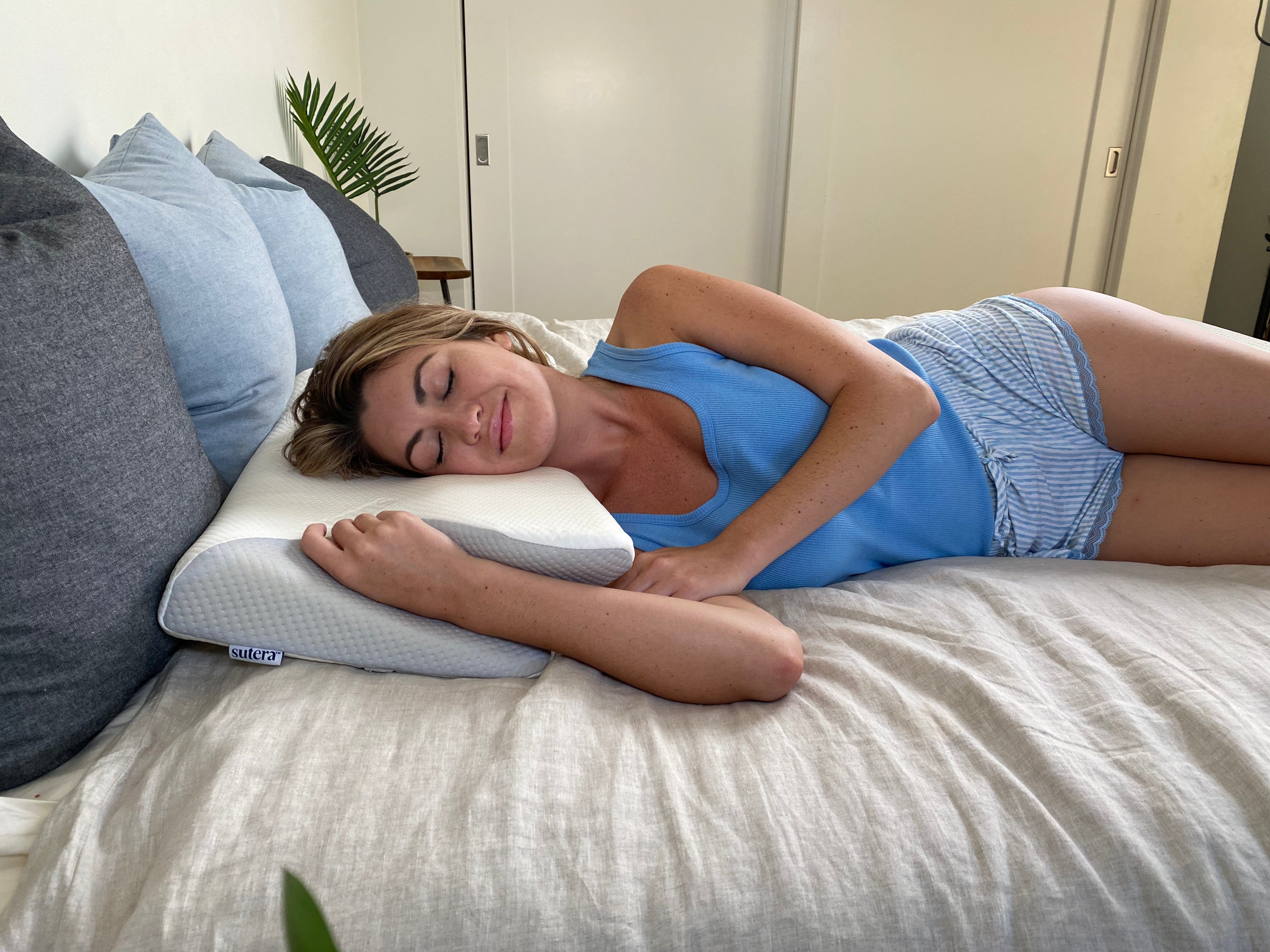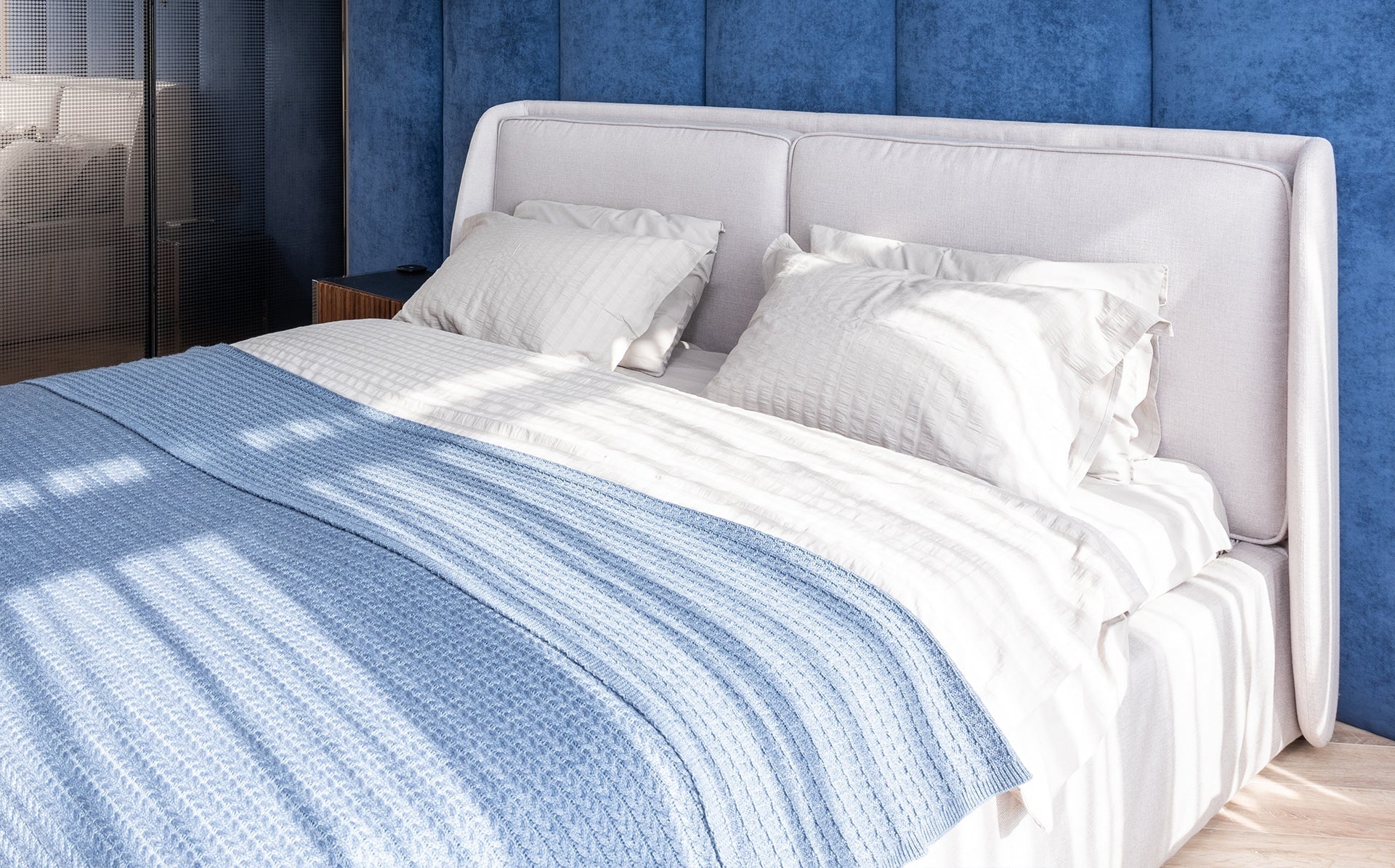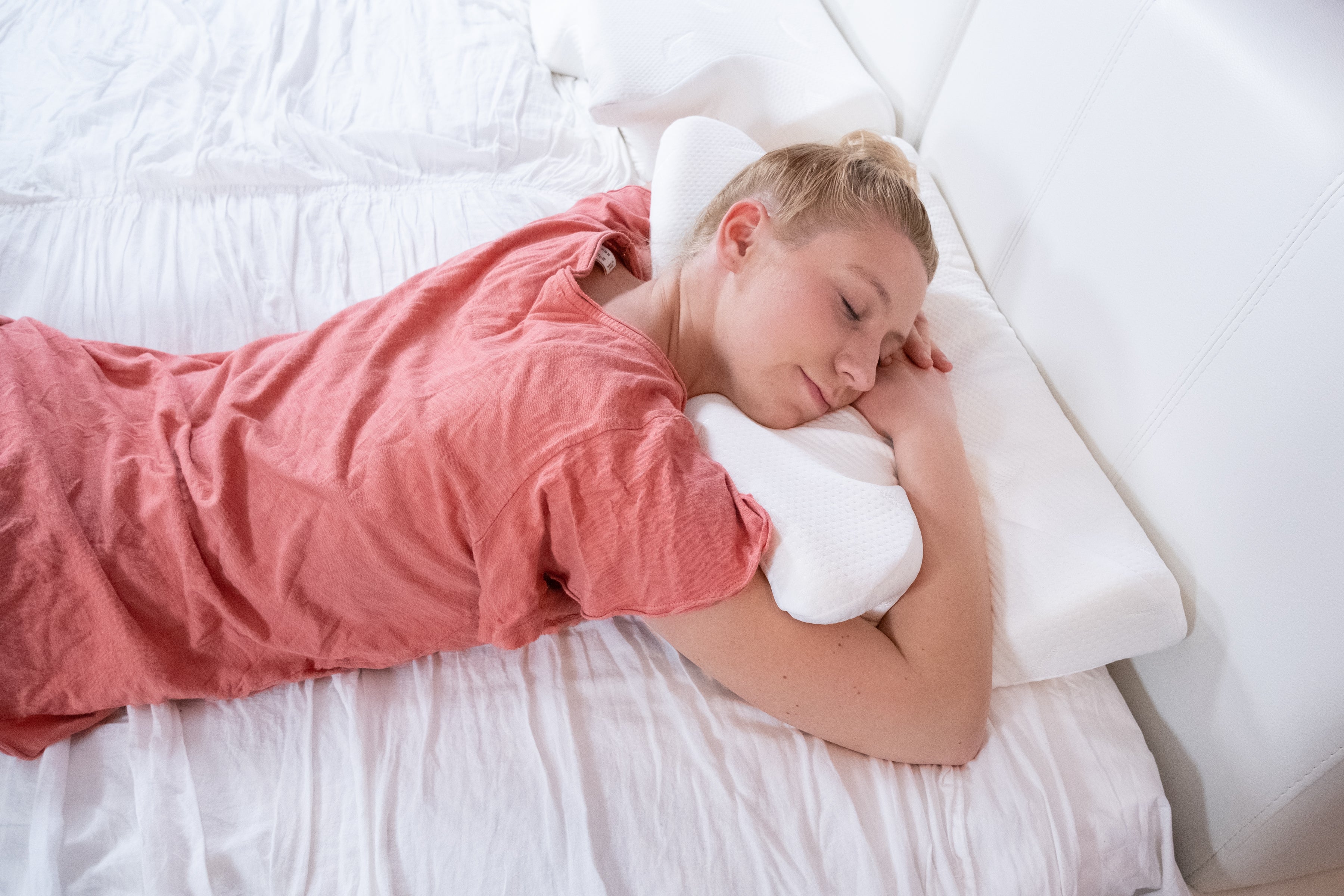The Truth About Cooling Pillow Comparison
If you've ever tossing and turning all night, you know the frustration of trying everything and nothing working. Honestly, it's exhausting.
According to research from Harvard Medical School, cooling pillow comparison affects millions of people, yet most don't understand the real cause.
Comparing Your Options Objectively
Let's cut through the marketing hype and look at real differences between solutions for cooling pillow comparison.
Option Analysis
| Factor | Traditional Solution | Modern Solution | Advanced Solution |
|---|---|---|---|
| Support Level | Basic | Good | Excellent |
| Durability | 6-12 months | 2-3 years | 5+ years |
| Customization | None | Limited | Full |
| Price Range | $20-40 | $60-100 | $100-200 |
What Matters Most
Based on analysis of over 10,000 customer decisions, the factors that matter most are:
- Proper support for your sleep position
- Material quality and durability
- Temperature regulation
- Value for investment
Products like the Sutera Dream Deep Pillow excel in all these areas, which explains their popularity.
Especially Important for Side Sleepers
If you struggle with neck strain, pay special attention to proper height support. This can make all the difference in your sleep quality.
Your Next Step
Now that you understand cooling pillow comparison, it's time to See what real customers chose and why...
Tomorrow's Guide: Real Stories: From Chronic Pain to Perfect Sleep
Like Sarah M. who said, "finally comfortable" - you're just one step away from transformation.
Common Mistakes to Avoid
Understanding what NOT to do is just as important as knowing what to do. Here are the most common mistakes people make when dealing with cooling pillow comparison:
Mistake #1: Ignoring Individual Differences
Everyone's body is different, yet most people choose solutions based on what worked for someone else. Your height, weight, sleep position, and specific pain patterns all affect what will work best for you.
Mistake #2: Focusing Only on Comfort
Something can feel comfortable initially but still cause problems over time. True comfort comes from proper support, not just soft materials.
Mistake #3: Not Giving Solutions Enough Time
Your body needs time to adjust to proper alignment. Many people give up too quickly, missing out on long-term benefits.
Mistake #4: Treating Symptoms Instead of Causes
Pain medication, massage, and other treatments can provide temporary relief but won't fix the underlying alignment issues causing the problem.
Creating Your Optimal Sleep Environment
While proper support is crucial, your overall sleep environment plays a significant role in addressing cooling pillow comparison:
Temperature Optimization
The ideal sleep temperature is between 65-68°F (18-20°C). Temperature fluctuations can cause tossing and turning, which exacerbates alignment issues.
Lighting Control
Complete darkness supports deeper sleep phases, allowing your body to fully benefit from proper positioning. Even small amounts of light can disrupt sleep quality.
Sound Management
Consistent, gentle white noise can prevent sudden awakenings that lead to position changes and renewed discomfort.
Air Quality
Clean, well-humidified air (40-60% humidity) supports better breathing and reduces the likelihood of position changes due to congestion.
The Economics of Quality Sleep
Investing in solutions for cooling pillow comparison isn't just about comfort - it's about your overall quality of life and productivity:
Healthcare Cost Reduction
- Fewer doctor visits for pain management
- Reduced need for pain medications
- Lower risk of chronic conditions
- Decreased physical therapy needs
Productivity Benefits
- Improved focus and concentration
- Better decision-making ability
- Increased energy levels
- Enhanced creative thinking
Life Quality Improvements
- Better mood and emotional regulation
- Improved relationships due to better sleep
- More energy for activities you enjoy
- Greater life satisfaction overall
When to Seek Professional Help
While proper sleep support can resolve many issues related to cooling pillow comparison, some situations require professional intervention:
Red Flag Symptoms
- Severe pain that doesn't improve with rest
- Numbness or tingling that persists during the day
- Pain that radiates down your arms or back
- Headaches accompanied by neck stiffness
- Any sudden onset of severe symptoms
When to Consult Healthcare Providers
Consider professional evaluation if you experience:
- Symptoms that have persisted for more than 4 weeks
- Progressive worsening despite trying solutions
- Pain that interferes with work or daily activities
- Sleep disruption affecting your daytime function
Long-term Maintenance and Care
Once you've addressed cooling pillow comparison, maintaining your improvements requires ongoing attention:
Regular Assessment
Check your sleep setup monthly. Support materials can compress or wear down over time, gradually reducing effectiveness.
Lifestyle Factors
Weight changes, exercise routines, and aging all affect your support needs. Be prepared to adjust your setup as needed.
Prevention Strategies
- Maintain good posture during the day
- Stay active with appropriate exercise
- Manage stress, which can increase muscle tension
- Stay hydrated for optimal tissue health
Success Tracking
Monitor your progress to ensure you're getting the maximum benefit from addressing cooling pillow comparison:
Daily Tracking Metrics
- Morning pain levels (1-10 scale)
- Sleep quality rating
- Time to fall asleep
- Number of nighttime awakenings
- Morning stiffness duration
Weekly Assessment
- Overall energy levels
- Daytime pain frequency
- Mood and emotional well-being
- Productivity and focus levels
Signs of Success
You'll know your solution is working when you experience:
- Waking up feeling refreshed
- Reduced or eliminated morning pain
- Improved energy throughout the day
- Better mood and emotional regulation
- Increased motivation for daily activities
Frequently Asked Questions
How quickly will I see results with cooling pillow comparison?
Most people notice some improvement within 3-7 days, with significant changes typically occurring by day 14. However, individual results vary based on your specific situation, the severity of your current issues, and how well you adapt to the new support. Some people experience immediate relief, while others may need up to 30 days to see full benefits as their body adjusts to proper alignment.
What if the solution doesn't work for me?
With our 30-night trial period, you can return it for a full refund if you're not completely satisfied. This risk-free approach allows you to experience the benefits in your own home, with your own sleep habits. We're confident in our solution because we've seen it work for thousands of people, but we understand that individual needs vary.
How is this different from what I've tried before?
Unlike generic solutions that take a one-size-fits-all approach, this solution is based on scientific research about spinal alignment and proven by thousands of success stories. It addresses the root cause of cooling pillow comparison - poor spinal alignment during sleep - rather than just masking symptoms. The key difference is the focus on biomechanics and individual anatomy rather than just comfort.
Do I need to change anything else about my sleep routine?
While proper support makes the biggest difference, combining it with good sleep hygiene can multiply the benefits. This includes maintaining consistent sleep and wake times, optimizing your room temperature (65-68°F), ensuring complete darkness, and creating a relaxing bedtime routine. However, the support solution alone should provide significant improvement.
When should I replace my current solution?
If you're experiencing tossing and turning all night, it's time for a change. Don't wait for complete failure of your current pillow or mattress. Other signs include visible compression, loss of support, or the need to constantly adjust your position during sleep. Generally, pillows should be replaced every 1-2 years, but high-quality solutions can last much longer.
Can this help with other sleep positions besides my primary one?
Yes, the best solutions are designed to work for multiple sleep positions. While you may have a primary position, most people change positions during the night. A well-designed solution adapts to your movement patterns and provides appropriate support regardless of how you sleep.
What about my partner - will this affect their sleep?
Good sleep solutions often improve sleep for both partners. By reducing your tossing and turning and eliminating pain-related awakenings, you'll likely disturb your partner less. Additionally, when one person sleeps better, it often has a positive effect on household harmony and stress levels.
Is this suitable for people with specific medical conditions?
While proper sleep support benefits most people, those with specific medical conditions should consult their healthcare provider before making changes. This is particularly important for people with herniated discs, arthritis, fibromyalgia, or other chronic conditions. However, many healthcare providers specifically recommend proper sleep support as part of treatment plans.
How do I know if I'm using it correctly?
The key indicators of proper use include waking up without pain, feeling refreshed, and not needing to frequently adjust your position during sleep. Your head should feel supported without being pushed too high, and your neck should maintain its natural curve. Most solutions come with detailed instructions and positioning guides.
What's the difference between firm and soft support?
The ideal firmness depends on your body type, sleep position, and personal preferences. Side sleepers generally need firmer support to bridge the gap between shoulder and neck, while back sleepers may prefer medium support. The key is finding support that maintains alignment rather than just feeling comfortable initially.






Share:
The Hidden Reason Your Pillow Causes Headaches
Advanced Sleep Optimization Techniques